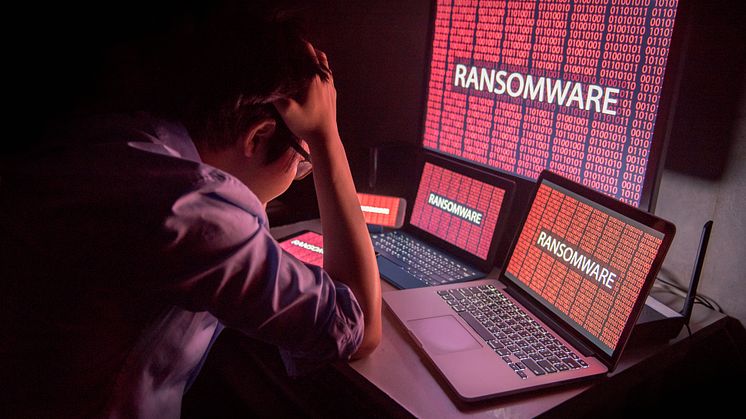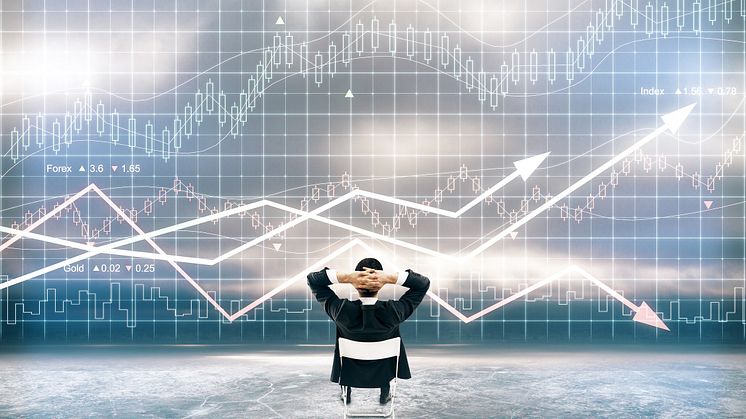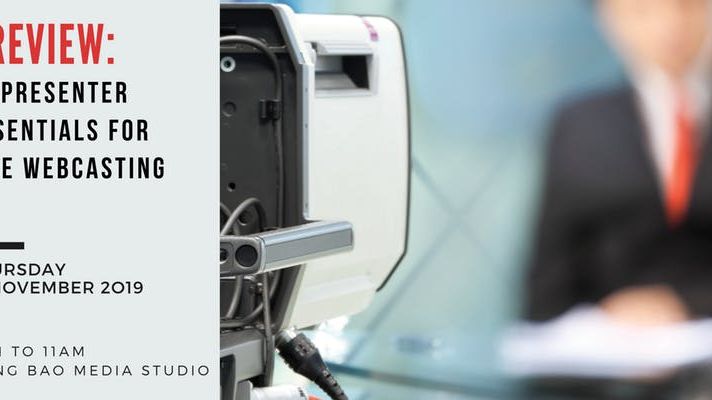
Blog post -
2020 Foresight: Climate change will force companies to switch to live webcasts
You only need to look to Greenland’s melting glaciers, or the increased severity of storms, to know climate change is already upon us. All we can hope for in the 2020s is to stop it getting worse, or to adjust to its impact.
Climate change is forcing organisations to rethink how they do business. Instead of sending their executives on overseas trips, companies will be “flight shamed”, that is, under increasing regulatory and shareholder pressure to cut down on travel.
But business must go on. You need to continue to communicate with staff, customers and shareholders. Telecommuting, a term with its genesis in the 1990s, might finally become reality.
So, why hasn’t it yet become mainstream? It can’t be a lack of technology. Live streaming apps are already ubiquitous. Anyone with a smart phone can do a live video stream using their Facebook, Twitter or Instagram app. Video calls are already possible on Microsoft Teams, Skype, Zoom, Slack, Google Hangouts, FaceTime, and others. So why has it taken so long for video calls and live webcasts to become the new normal?
Beyond standard Skype calls, where all you see is the close-up of the face of the other party, I have worked with two other relevant technologies, which might hold the answers:
1. Telepresence. You are surrounded by a semi-circle of man-high screens, and you can even see the other party walk into their corresponding telepresence room half way around the world. It’s awesome, but still not the same as being in the same room together.
What’s missing are the handshakes, the incidental comments. The full experience of meeting someone face-to-face isn’t there. You control when your mic is on, cutting out the little spontaneous mutterings that offer the other party aural cues that make conversations come alive.
Moreover, the telepresence “call” (if you can call it that) is still so expensive, there is no time wasted on thinking about what the other party is saying, or having those relaxed silences you experience in the ebb and flow of ordinary conversations. Forget about having a permanent telepresence wall in your office that makes it appear like your branch office on another continent is right next door. If the call costs won’t kill you, the electricity-hungry screens will negate any climate benefits of not flying.
2. Holograms. The secret lies in having a camera that frames the other party in full length, not just head-and-shoulders, and projecting this on a framed mesh on stage that creates the illusion of a 3D image. The other party is able to see you using cameras pointing back in your direction.
Again, this is remarkable technology, but one which still falls short of the face-to-face experience. It’s carefully stage managed, negating the serendipitous moments that happen when you bump into someone by chance on the sidelines of a conference you’ve flown around the world to attend.
Bottom line: As exciting as these are and take us closer to an in-person experience, none of them fully replicate the experience of a face-to-face human interaction.
TV presenter skills for live webcasting – If it’s already difficult for you to hold the attention of your live in-person audience, how much harder will it be to do so when all viewers see is a face, separated by thousands of kilometres? We are already seeing companies take their professional development courses for their staff on-line. This increases the scalability, but how many viewers who’ve signed up and logged in are actually paying attention? Are your subject matter experts comfortable delivering their course materials to a camera, rather than face-to-face in a seminar room? We coach you in applying your words, voice and body language to attain, retain and regain audience attention, prompting audiences to listen, believe, act and share your message.
Do you have 2020 Foresight?
The 2020s. If you’re like me, you would have considered this decade to be too far off to contemplate. Long-term government planning reports talked about the 2020s. Authors set their science fiction novels in the 2020s. The 2020s were a mirage.
Yet here we are, just weeks away before we catch up with the future.
In this series I look at five key trends likely to shape the new decade.
- Climate change and the switch to live video and webcasts – But will anyone pay attention
- How to be the best human you can be in an AI world – You can't be anyone you want to be, but you can be the best of who you already are
- Can you prove your CEO didn’t say this? – Deep fakes, guerrilla media, and the blurred lines between fake and real
- The rise of Megadata – If you thought death by PowerPoint was bad now, just wait until you drink from the data hosepipe
- New threats make crises inevitable – Drones, cyberattacks, climate change all make for the crises of the future
Talk to us about how to invest your remaining 2019 training budgets with 2020 foresight.







